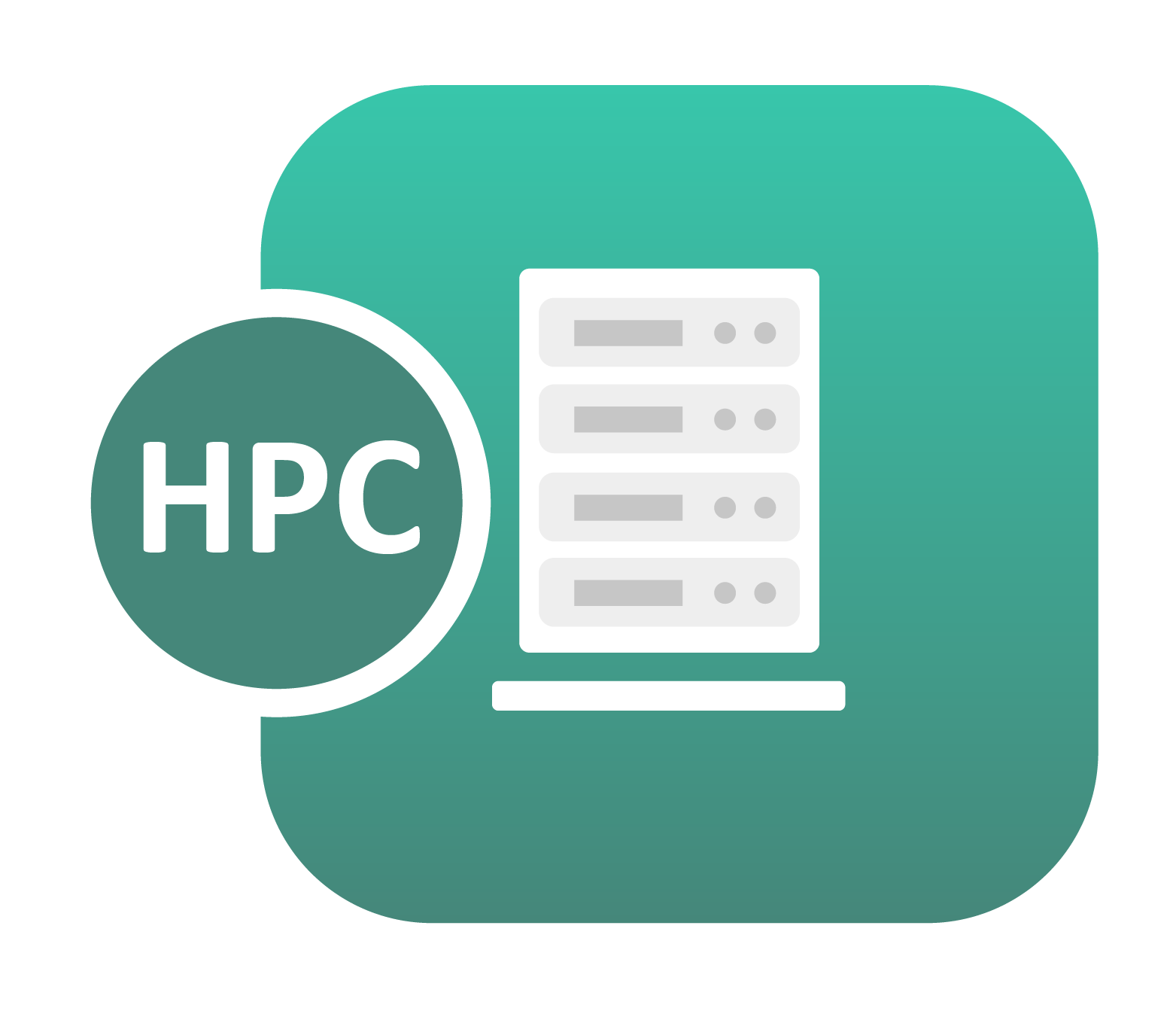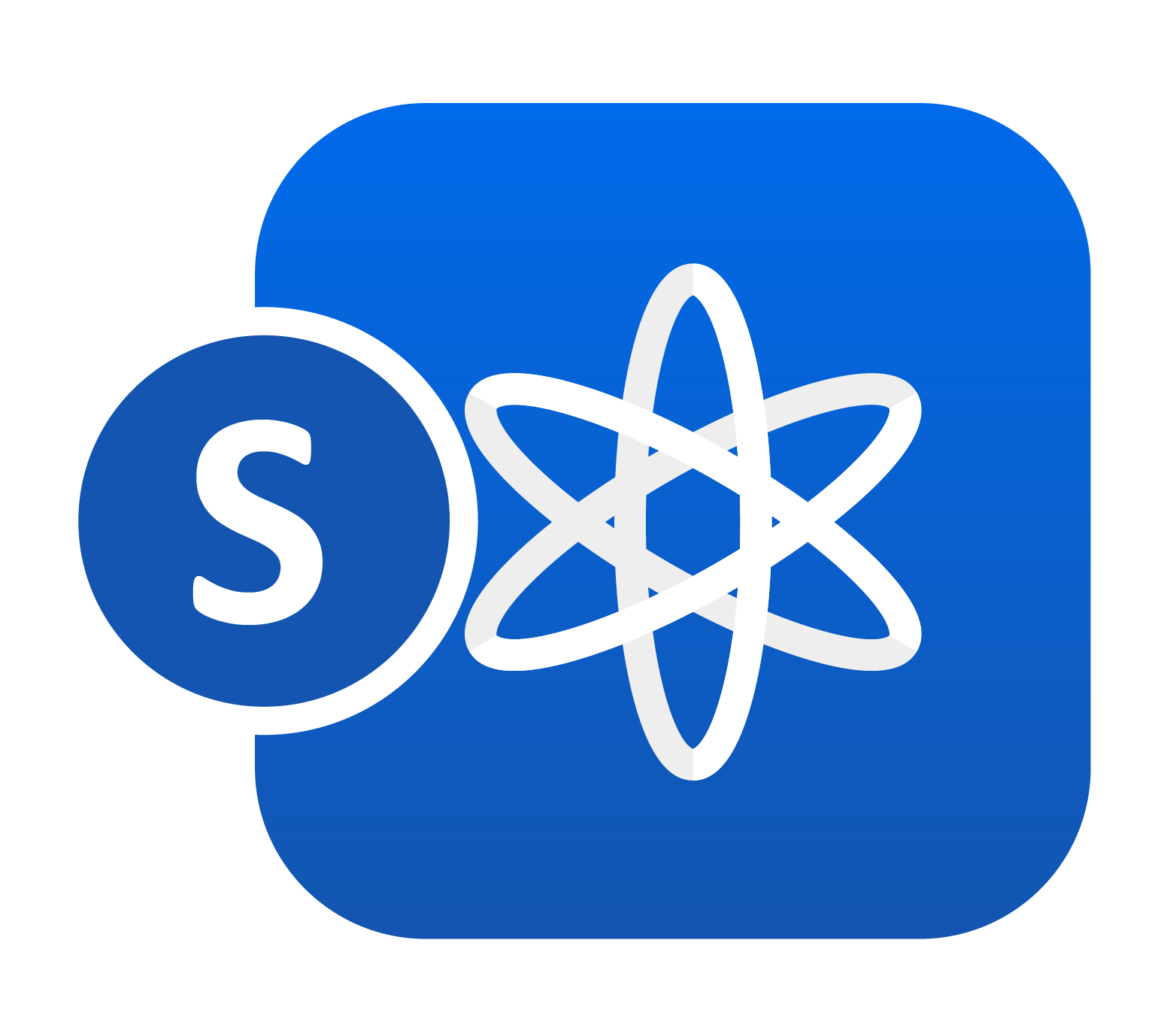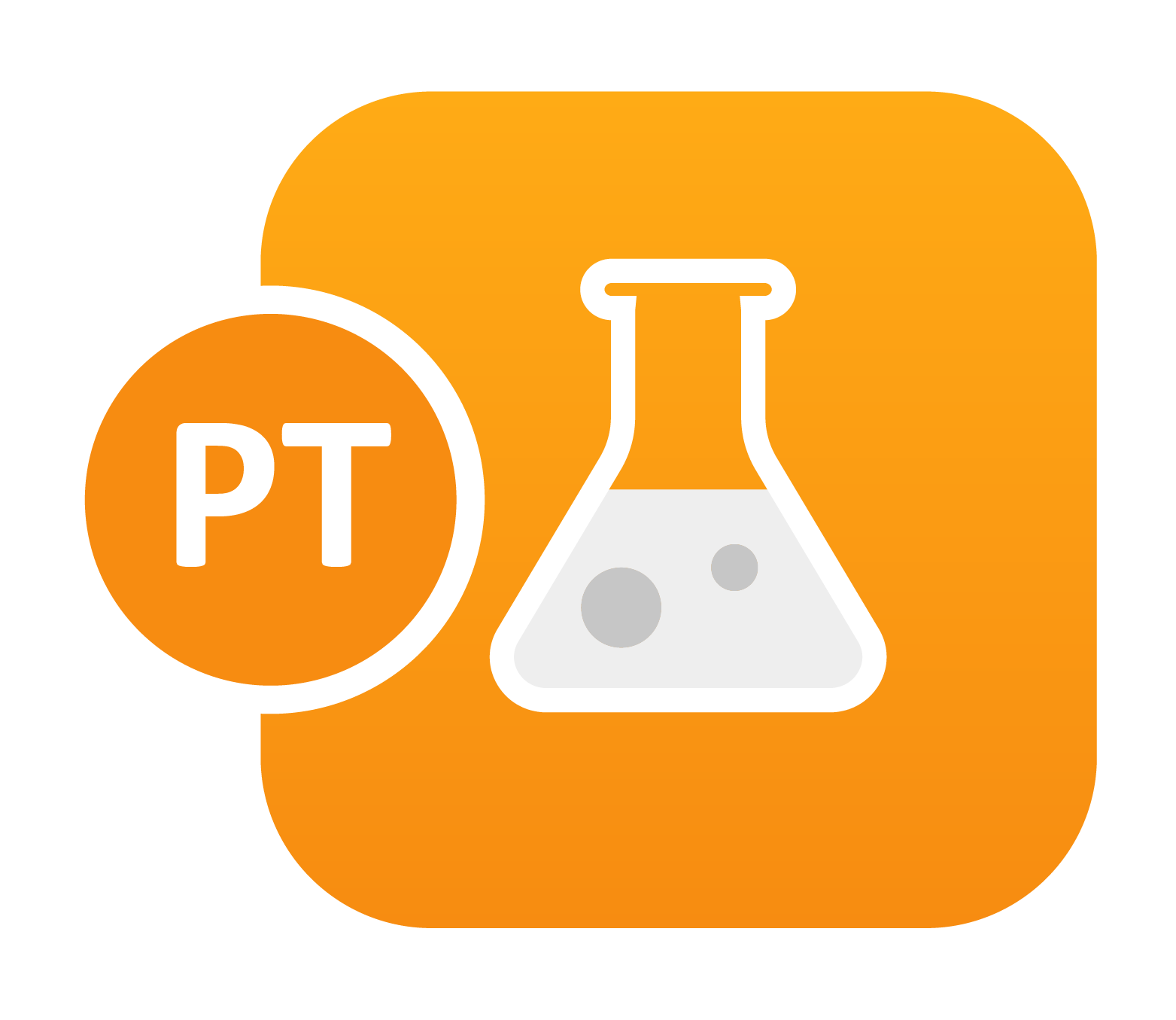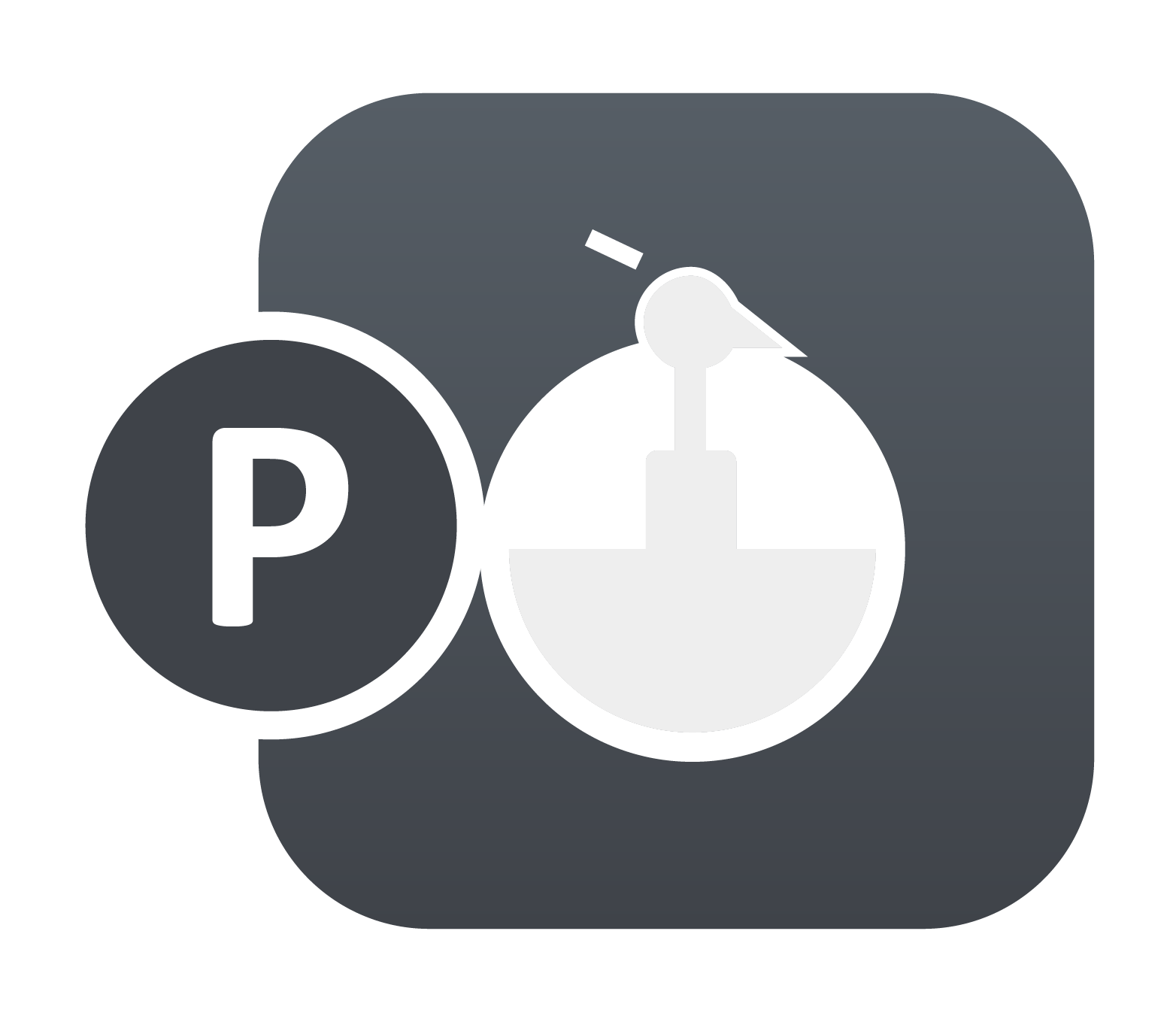LS-OPT 4.0 is now released.
The LS-OPT Version 4.0 beta release is now available at: LS-OPT 4.0 The Presentations folder has an overview and outlook of LS-OPT. The main feature is the next generation post-processor (Viewer). Note that LS-OPT/Topology will be available later in 2009 as a separate module.












